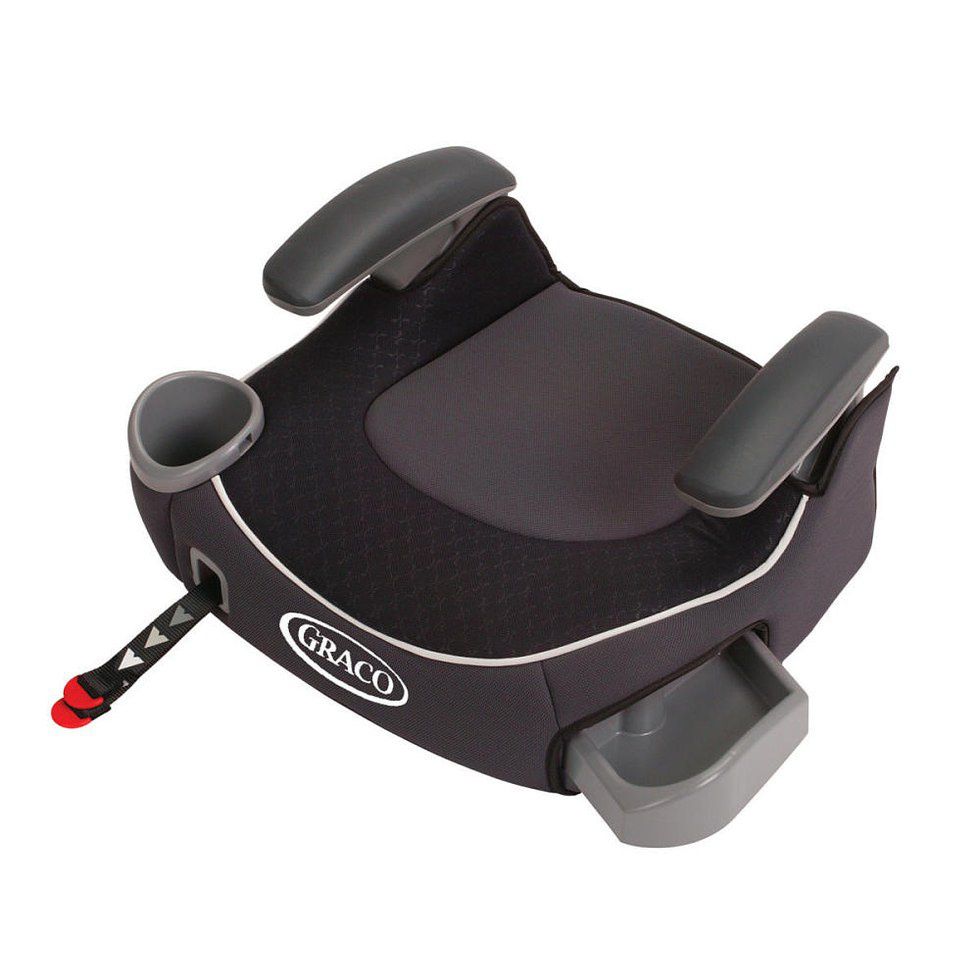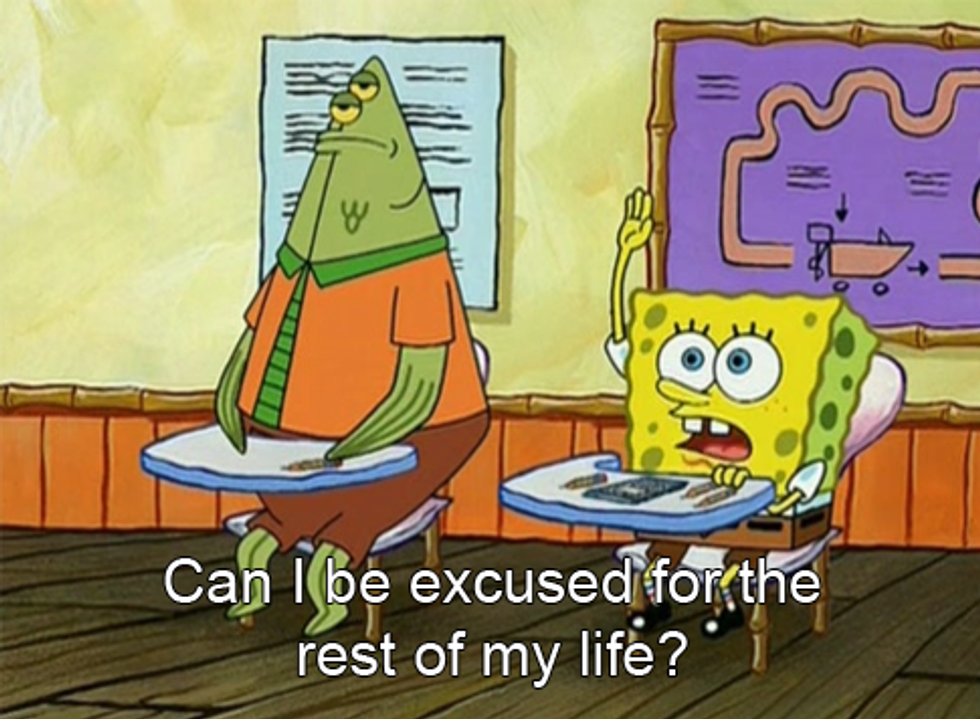Heavy metal music is beautiful. With its powerful lyrics, shredding guitar solos, and banging drum beats, it’s an oft-overlooked genre of music. Some deem it too heavy and some play into the stereotype that it’s Satan-worshipping tunes. Despite the rumors, the genre has been going strong since the 1960’s, with new bands cropping up almost daily. The history of this fantastic genre hasn’t always been smooth, but the ride certainly has been wild.
Beginning in the late 1960s, many credit English bands Black Sabbath or Led Zeppelin as being one of the first metal bands. Hits like “Dazed and Confused” and “N.I.B.” were tunes unlike any heard before. Heavy guitars and fast drum beats were mind-blowing for youth looking for a way to let out rage.
After the 1960’s, Kiss and Deep Purple brought the genre to America and influenced a new crop of listeners.
When punk rock music first began to hit the scene in the late 1970s, a new kind of metal music began to emerge. The New Wave of British Heavy Metal (often stylized as NWOBHM) breathed new life into metal music. Iron Maiden and Motörhead restored faith in new music that was heavy and aggressive. With the recent passing of Motörhead’s bassist and lead singer, Lemmy Kilmister, this particular era of metal has seen a recent resurgence (although it never really faded to begin with).
It’s hard to write an article without mentioning one of the most well-known and arguably most influential metal bands of all-time: Metallica. Formed by James Hetfield and Lars Ulrich in the early 1980’s, they’ve released nine albums so far over the course of their history and recently celebrated their 35th year together as a band. “Master of Puppets” has been featured on countless lists as one of the best metal albums to ever exist, and their legacy lives on to inspire a new group of metal fans.
Since the 1980’s, metal has widely branched out as artists began to experiment with sounds that would distinguish them from the rest. Thrash metal began with Slayer being arguably one of the leaders of the genre. Pantera paved the way for groove metal and Opeth slayed the death metal subgenre. Dream Theater is known for its progressive metal, while Bullet for my Valentine covers metalcore.
Headbanging and devil horn hand gestures marked a new kind of music that encouraged concert-goers to release pent-up aggressions in a healthy way: by jumping around and letting the beat of the music take over their body. Popular metal performers that inspire even the youngest of metal fans are Angus Young of AC/DC and Till Lindemann of Rammstein. Mosh pits, otherwise known as the wall of death, became popular in the late 1980’s during the power metal era and was a way for concert attendees to…interact with one other, for a lack of a better word. There have been a lot of criticisms around mosh pits and their safety, but from personal experience, I have never been in a pit where we didn’t try to help up anyone that fell. Rookie mistake, but one time I wore my glasses to a metal concert and they fell off. Those around me stopped until I could locate them.
Heavy metal music is a beautiful mess. It’s loud, it’s in-your-face, and it’s angry. It’s not everyone’s cup of tea, and that’s OK. But for some, it’s life-changing and a way to escape from the mediocre day-to-day life. And isn’t that what music is there for anyway?






















